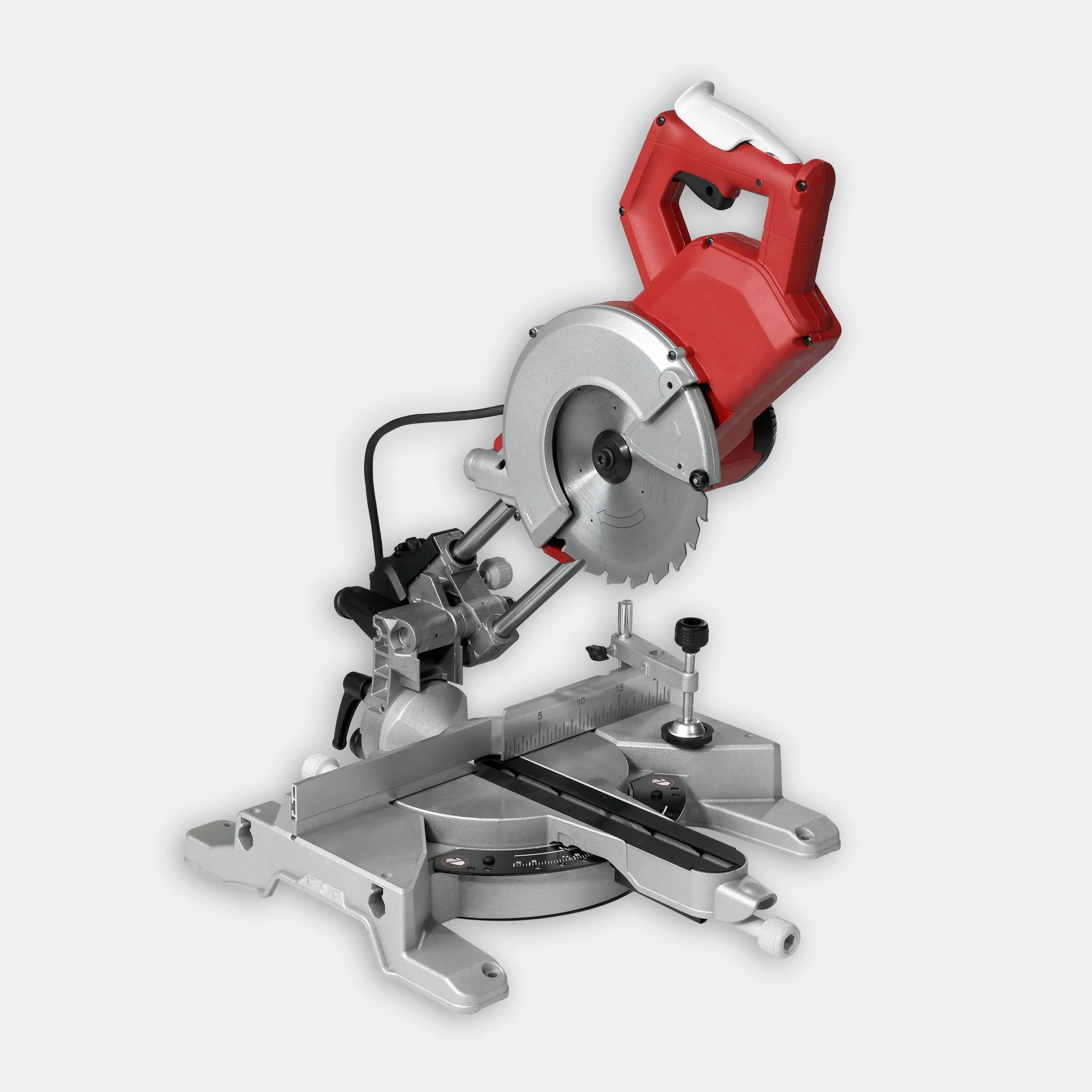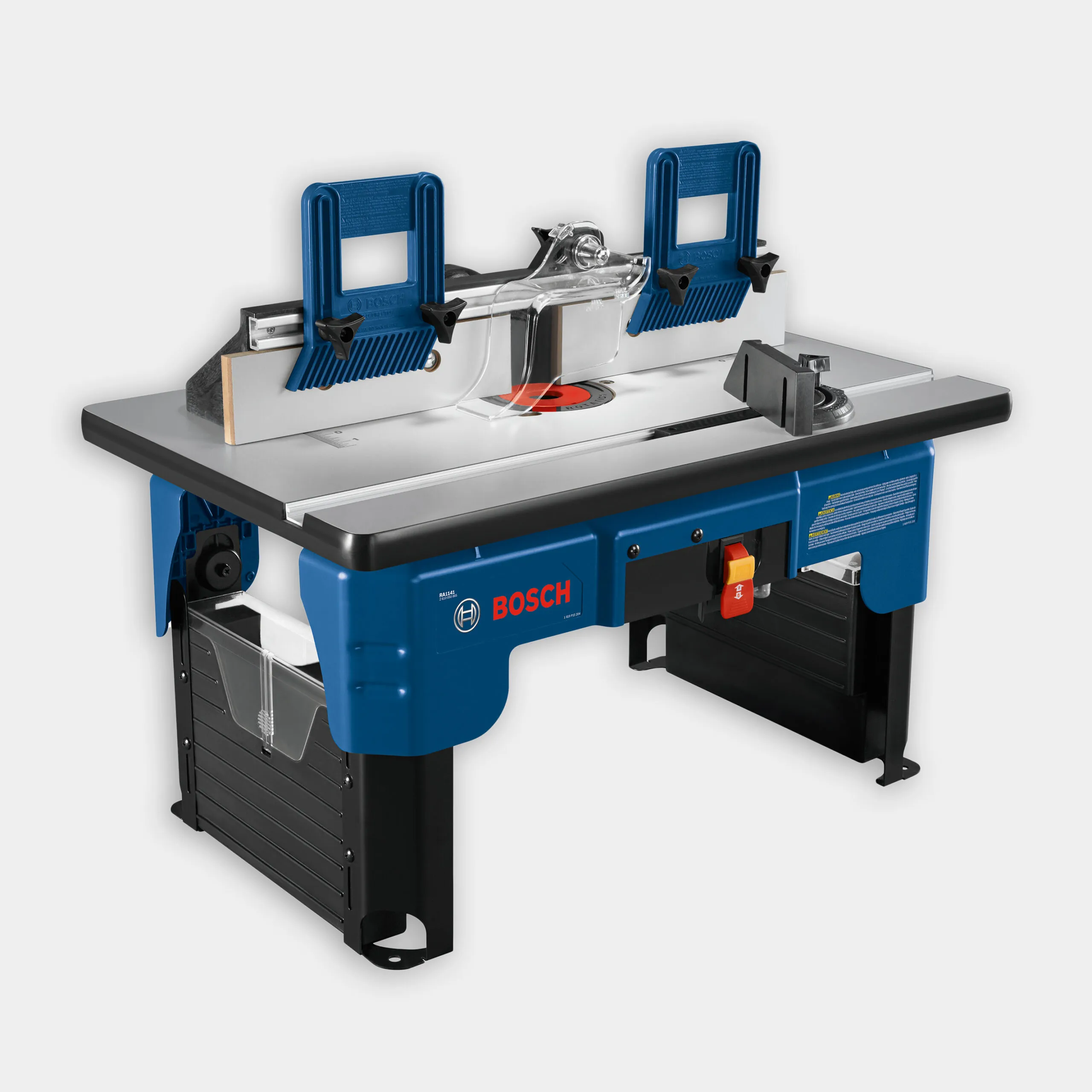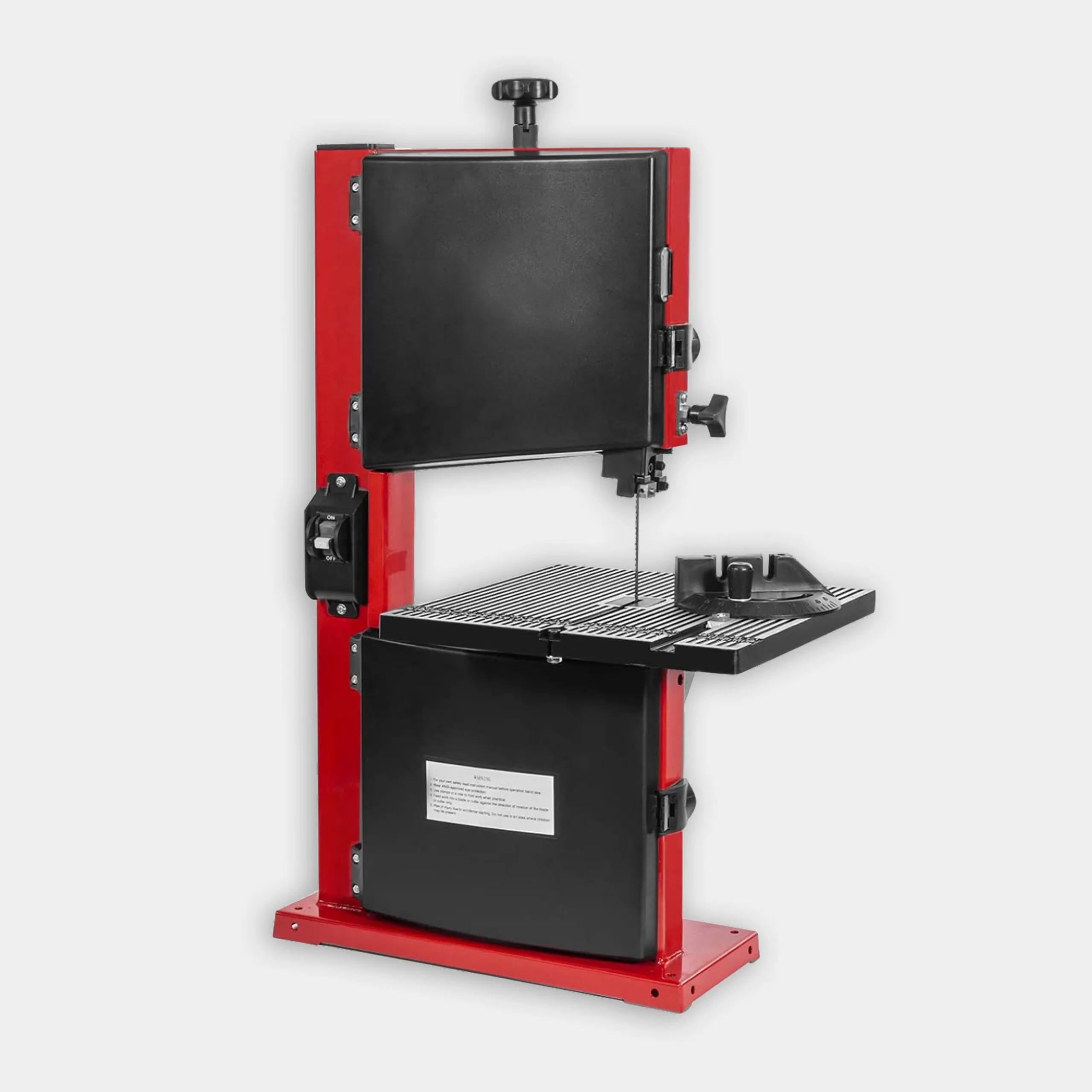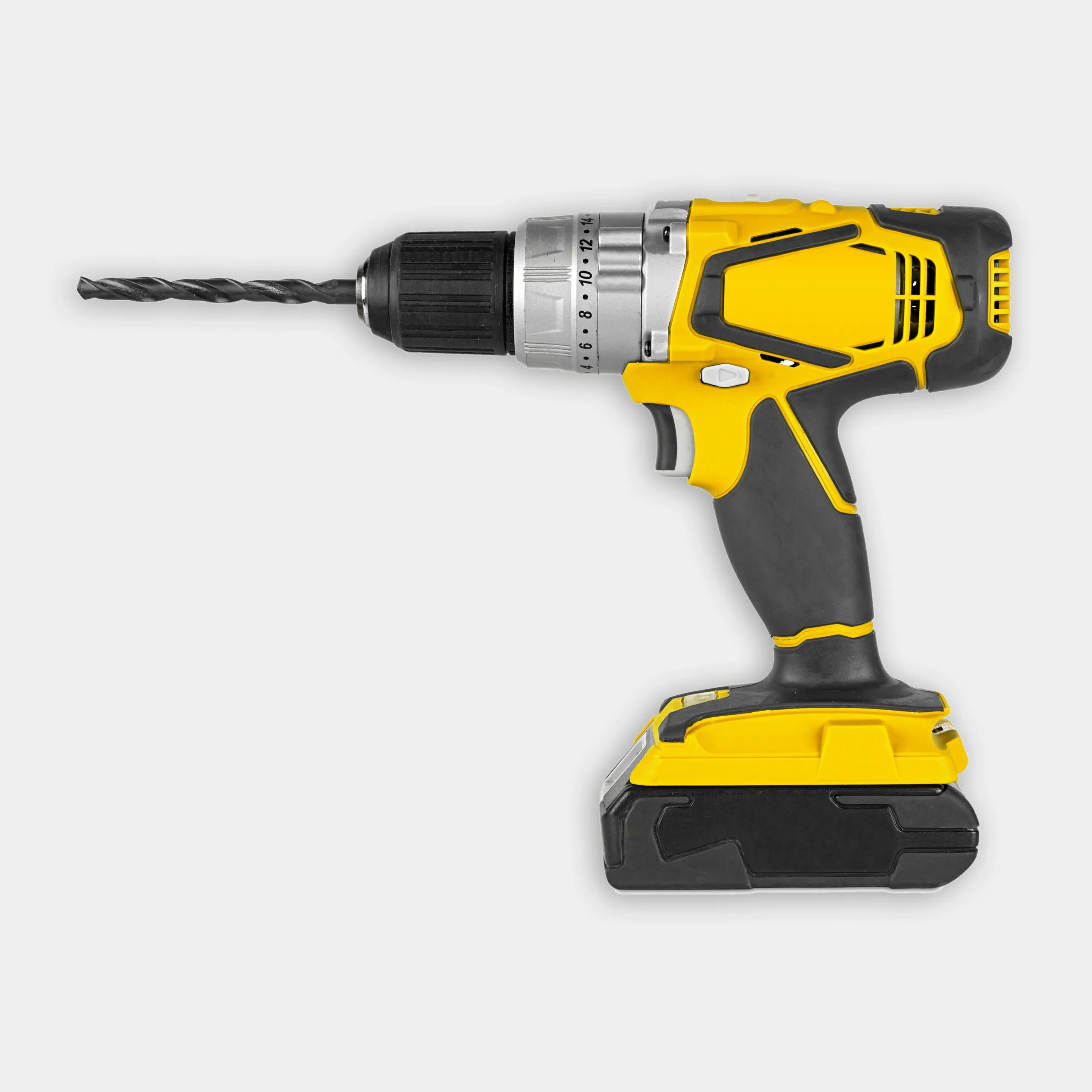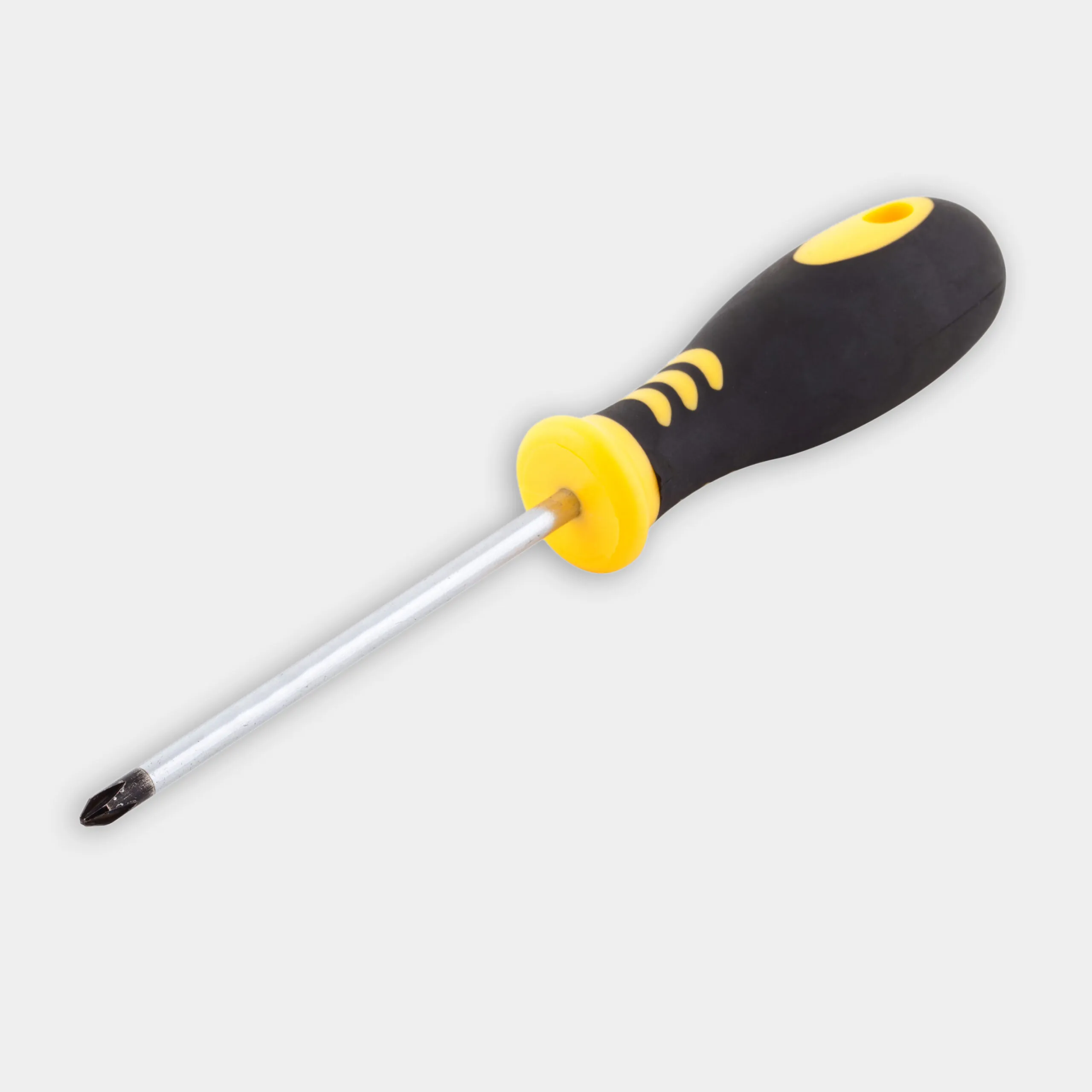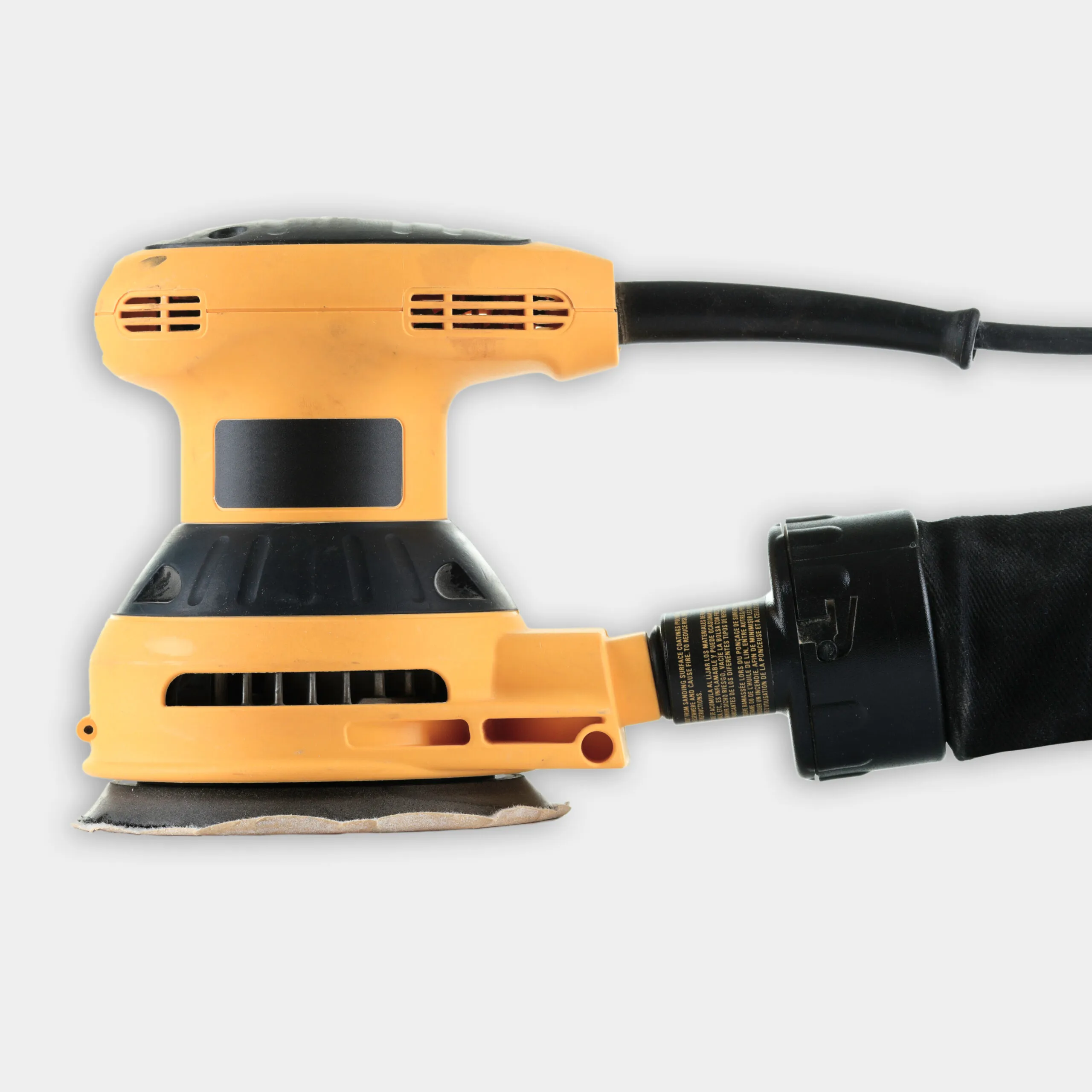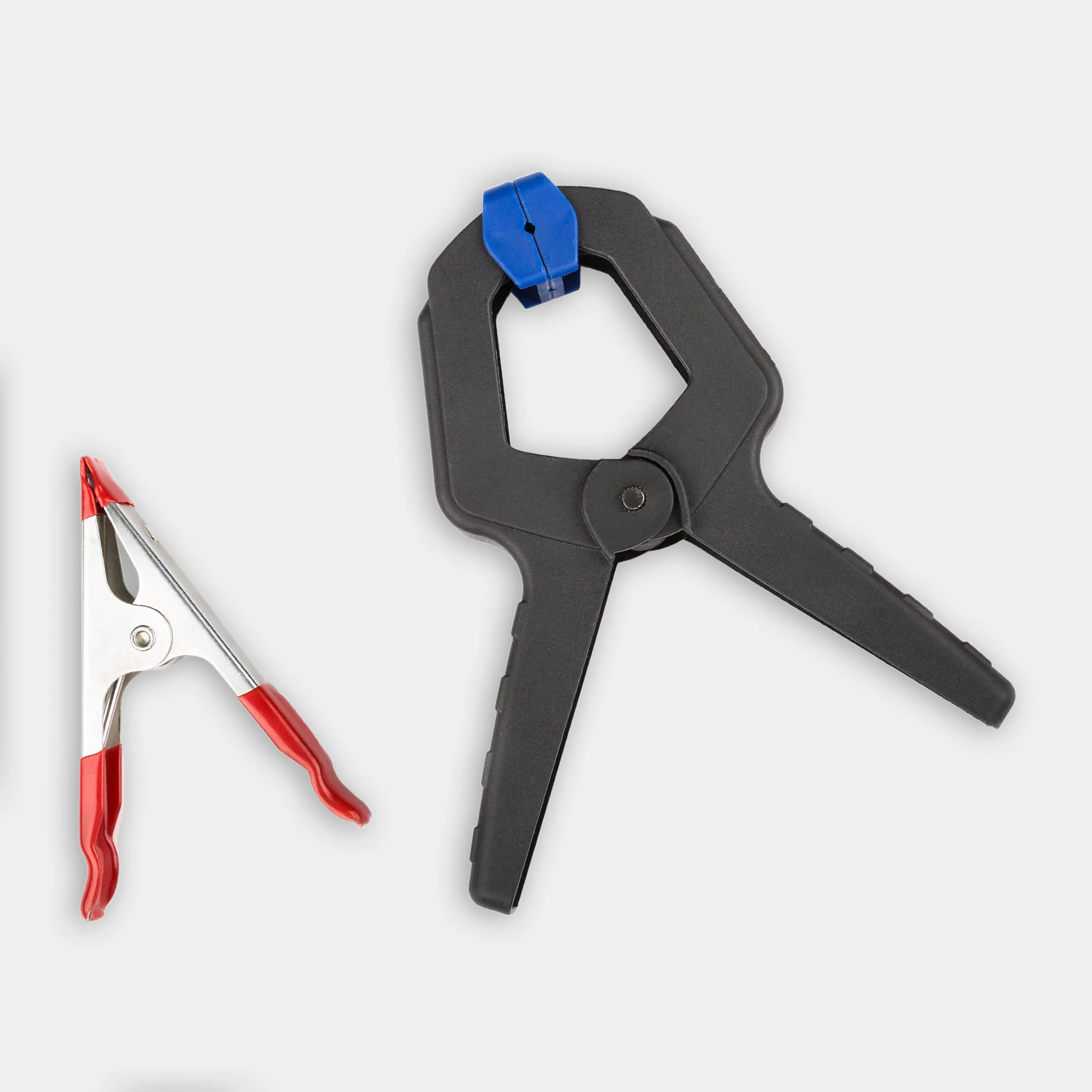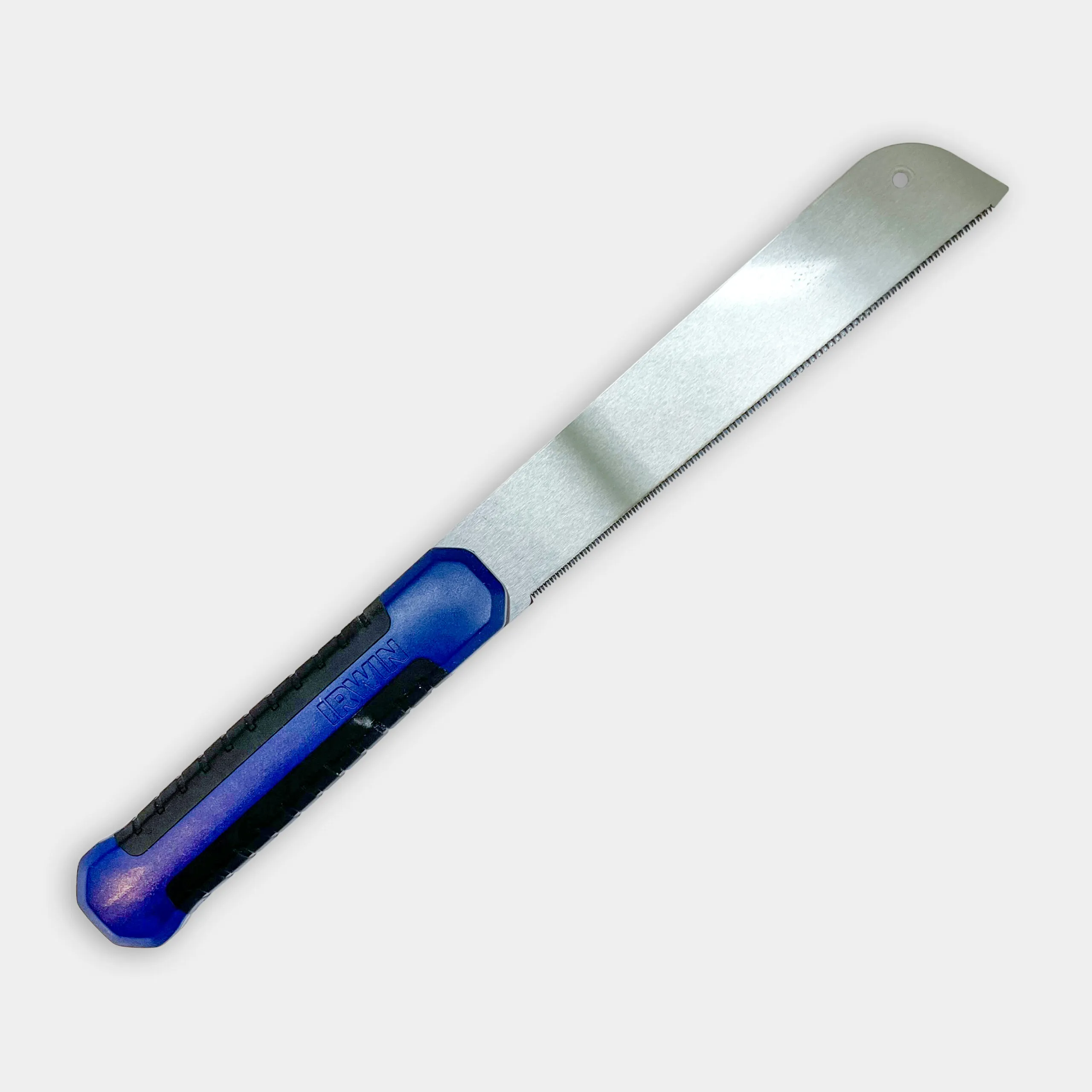Outdoor end tables are great for taking on the boat, to the patio, or anywhere else one might enjoy a cold drink and a bowl of chips. When general contractor Tom Silva wanted to replicate an outdoor end table made from teak, host Kevin O’Connor wanted to be part of the process. Here’s how to build it.
How to Build an Outdoor End Table
- Start by choosing an outdoor-hardy wood species like teak. Pressure-treated wood might be cheap and durable, but it will likely warp by the time it dries in the sun, rendering the end table useless.
- Rip the rough pieces for the top’s frame from the wood stock. Set the table saw’s fence so that it’s roughly 3 ¼ inches from the blade and rip two pieces to width.
- Using scrap wood, recreate the angle of the top’s side perimeter pieces. Cut them on the miter saw and test their fit. Adjust the cuts until they’re the correct angle. Repeat for the back piece.
- Use the template pieces to transfer the angles and lengths to the perimeter pieces and cut them on the miter saw. You can stack the two side pieces on top of one another and cut them at once. The back piece must be cut separately.
- Place a dado bit in a router table and set the fence so the boards will be centered over the bit. With the boards on edge, carefully run their inside edges over the dado bit, working slowly and holding the board steadily. Repeat for all three pieces.
- Temporarily screw the side pieces together and place them on a board long enough and wide enough to make up the middle of the table. Place the back piece in place. Trace this shape on the board to outline the shape of the slats.
- Measure the depth of the dado with a combination square. Reduce the distance slightly. Aligning the combination square with the edge of the slat outline, transfer the mark representing the dado’s depth to mark the tongue of the slats.
- Use a track saw to cut the board to size using the tongue marks drawn in the last step. This should create a slightly oversized triangle. The inner triangle drawn in pencil should still be visible.
- Set up the router table with a rabbeting bit set to the same height as the inner triangle. Set the fence so the rabbeted boards will slide into the dado and sit flush with the perimeter pieces.
- Divide the top into 5 equal-sized pieces. Cut them with the track saw.
- Install the slats into the top’s perimeter, using a dab of wood glue on the center of the tongues. Attach the backpiece with glue and screws.
- With the top assembled and dry, trace the desired shape on top and cut it on the band saw.
- Plug the screw holes with wood dowels and sand all of the plugs and edges so they’re smooth.
- Trace the shape of the legs onto a scrap piece of MDF board and cut the rough shape on the bandsaw. Stack the template piece on top of the legs and trim them using the router table and a flush trim bit.
- Place the table face down on the table. Measure and cut the frame for the legs to size and screw the pieces together, creating a square that fits under the tabletop.
- Cut stretchers that will fit between the legs. Carefully drill and screw the leg assemblies together, with one set fitting inside the other. Drill and screw the legs into the square frame before centering them and drilling and screwing them together in their middle. Plug and sand any screw holes.
- With the top still face down, place the leg assembly on the tabletop, centering it underneath. Drill and screw through the frame to attach the legs to the tabletop. Plug and sand any exposed screw holes.
- If you want to finish it, use boiled linseed oil, teak oil, or an exterior epoxy. But, if you’ve built your table from teak, you can let it age on its own. If you do decide to finish it, you’ll need to refinish it every two to three years.
Resources
Bisect the angle needed using scrap pieces of wood to create the angle and length needed for the frame. Transfer the scrap pieces of wood to the raw teak frame pieces to use as guide on the chop saw. Cut a groove using a router bit to allow the slated pieces to be flush with the top.
Use a wood screw to temporarily fix the two side pieces together.
To create the slates for the face of the top trace the inner triangle of the two sides on a piece of teak. Use a combination square to measure the depth of the groove. Line up the square with the traced line and mark on both sides of the traced triangle.
Use an equal space divider to mark the inner triangle with guidelines to cut the slats.
Materials
- Drill bits (for screws)
- Dado bit
- Flush trim bit (for router table)
- Wood plugs
- Scrap wood (for templates)
- Outdoor-hardy wood (teak)
- Wood glue
- Screws
- Wood dowels
- MDF board (for leg templates)
- Sandpaper
- Finish (boiled linseed oil, teak oil, or exterior epoxy, optional)



